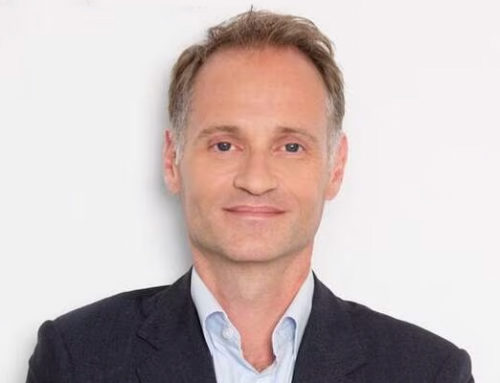When violent clashes between rogue soldiers of the Ivory Coast army and civilians in the western town of Vavoua killed six people in December 2011, the U.N.’s top representative in the nation was sharp in his condemnation.
But the U.N.’s peacekeeping operations in Ivory Coast (the UNOCI) could have turned to an unusual tool for predicting — and perhaps even preventing — the tragedy: the town’s cellphone traffic in the days leading up to the clashes.
Globally, phone networks are clogged with traffic immediately after religious riots, civil unrest or terrorist attacks as people either check up on loved ones or reassure them. But in western Ivory Coast, researchers have found something else:
LOCAL MOBILE PHONE TRAFFIC INCREASES AN AVERAGE OF 10 PERCENT IN THE FOUR DAYS BEFORE SMALL-SCALE ACTS OF VIOLENCE, AND THE NUMBER OF ACTIVE CELLPHONE USERS GOES UP BY 6 PERCENT.
What’s more, during that four-day window, cellphone traffic patterns are different from those in other periods when people speak more on the phone — before soccer matches and festivals.The findings suggest that, unlike with surprise terrorist attacks, local communities in Ivory Coast often have an inkling of rising tensions that may spill over into violence, or recognize that something unusual is afoot, according to the researchers. But the results also point to an unexpected predictive weapon that international peacekeeping missions can use in countries rife with this kind of rampant localized violence.
Sourced through Scoop.it from: www.ozy.com



Leave A Comment